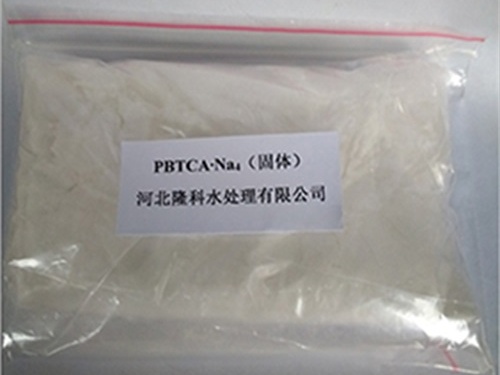Effective Use of Flocculants in Water Treatment Processes for Enhanced Clarity and Safety
The Role of Flocculants in Water Treatment
Water treatment is a critical process designed to improve water quality by removing contaminants, impurities, and unwanted particles. Among the most effective agents used in this process are flocculants. Flocculants are substances that promote the clumping or agglomeration of particles in a liquid. In water treatment, they play a pivotal role in the aggregation of suspended solids, which facilitates their removal from water systems.
The Role of Flocculants in Water Treatment
There are several types of flocculants, categorized mainly into synthetic and natural agents. Synthetic flocculants, such as polyacrylamide, are widely used in water treatment for their effectiveness in binding particles. They are particularly efficient for specific applications, including the treatment of wastewater from textile manufacturing or mining operations. On the other hand, natural flocculants, such as chitosan derived from crustacean shells, provide a biodegradable alternative. These natural agents are gaining popularity due to their lesser environmental impact.
flocculant water treatment

The efficiency of a flocculant depends on various factors, including its dosage, the characteristics of the water being treated, and the type of contaminants present. Finding the optimal dose is crucial; too little may not effectively bind the particles, while too much can lead to additional complications in the treatment process. Therefore, pilot studies and laboratory tests are often conducted to determine the most effective flocculant concentration for specific water sources.
In addition to turbidity removal, flocculants contribute to the overall improvement of water quality. By removing suspended solids, they also help in reducing the nutrient load in the water, minimizing issues such as algal blooms that can be harmful to aquatic ecosystems. Moreover, effective flocculation can enhance the performance of subsequent treatment steps, such as filtration and disinfection, leading to a more efficient water treatment process.
Another important consideration is the environmental impact of flocculant use. While synthetic flocculants are effective, they can raise concerns related to toxicity and bioaccumulation in aquatic systems. As a result, regulatory agencies closely monitor their usage to ensure compliance with safety standards. Therefore, the trend is shifting towards the development of safer, eco-friendly flocculants.
In conclusion, flocculants play an indispensable role in water treatment by facilitating the removal of suspended solids and enhancing water quality. Their ability to bind particles effectively makes them crucial for various applications, from municipal water supply to industrial wastewater treatment. As water scarcity and quality issues continue to grow globally, the demand for innovative and environmentally friendly flocculants will likely increase. Ongoing research into improving flocculation processes and developing new agents will be critical to achieving sustainable water treatment solutions in the future.
-
Water Treatment with Flocculant Water TreatmentNewsJun.12,2025
-
Polymaleic AnhydrideNewsJun.12,2025
-
Polyaspartic AcidNewsJun.12,2025
-
Enhance Industrial Processes with IsothiazolinonesNewsJun.12,2025
-
Enhance Industrial Processes with PBTCA SolutionsNewsJun.12,2025
-
Dodecyldimethylbenzylammonium Chloride SolutionsNewsJun.12,2025





